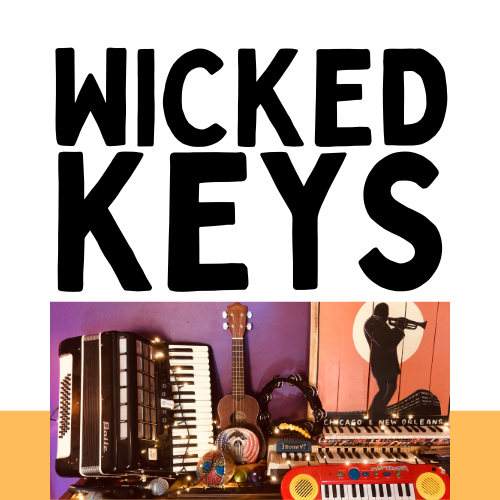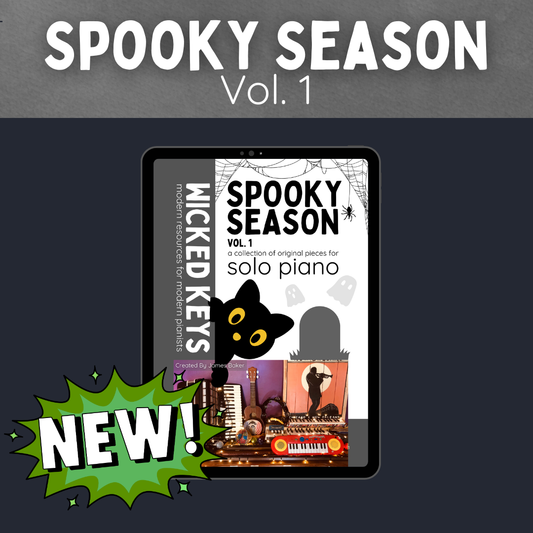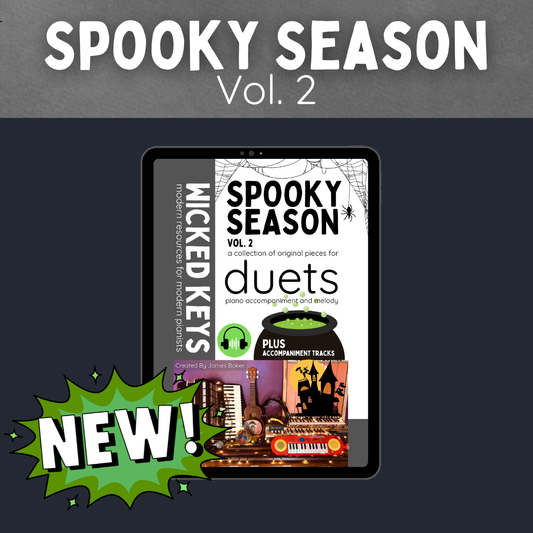
Setting and Managing Your Teaching Income
Share
Let’s be honest - talking about money can feel awkward.
But getting comfortable with your pricing is one of the most empowering things you can do as a music teacher. You’re not just a musician; you’re a small business owner. And that means your time, skills, and experience deserve fair pay.
When I first started teaching, I was so focused on giving great lessons that I didn’t think much about rates or expenses. I just wanted to teach. But it wasn't long before I realised something every teacher learns sooner or later: if you don’t take control of your income, your income will take control of you.
So let’s talk about it: how to set your rates, understand what you’re really earning, and keep your studio financially healthy.
Deciding What to Charge
Your rate should reflect your experience, expertise, and market - not what you think people will pay.
Here’s where to start:
Research your area: Look at what other tutors charge locally, and use this as a base of information. Don’t undercut to “get ahead” - it might seem like a quick way to fill your timetable, but undercutting hurts everyone in the long run, including you. Healthy, sustainable pricing helps lift the whole profession and sets fair expectations for both teachers and clients.
Check associations: Musician unions or teaching associations often publish suggested minimum rates.
Consider your niche: Teachers offering jazz improvisation, production, or exam prep often command higher rates than general tutors.
Hot Tip: Price yourself where you want to be, not where you think you “should” be. The right students will value your experience.
Your Rate vs. Your Real Earnings
Charging $100 an hour doesn’t mean you earn $100 an hour.
Self-employed teachers wear a lot of hats — admin, marketing, cleaning, tech support, even studio maintenance. Plus, you have business costs.
Here are a few to consider:
Rent or studio space
Materials (books, folders, printing)
Instrument upkeep
Insurance (public liability, equipment, income protection)
Transport and parking
Taxes and superannuation
Tech and subscriptions (online learning spaces, website hosting, online booking systems, the latest iPad etc)
Unexpected costs (repairs, upgrades, sick days)
A good rule of thumb? Assume that 30-40% of your income will go straight to expenses and tax.
Calculating Your Rate
Here’s a simple way to work it out step by step.
1. Work Out Your Desired Take-Home Pay
How much do you need to live comfortably? Think rent or mortgage, utilities, groceries, savings, and holidays.
That’s your Personal Income Goal.
2. Add Business Expenses
Add everything it costs to run your studio - from insurance to software subscriptions and instrument upkeep. Add an extra 10-20% to this number for unexpected costs.
Personal Income Goal + Expenses = Total Annual Income Needed
3. Divide by Working Weeks
If you follow the school year, that’s roughly 40 weeks.
Total Annual Income ÷ 40 = Weekly Target
4. Divide by Your Teaching Hours
Work out how many students you can realistically teach each week and calculate your total teaching hours from there. Remember, these are your billable hours - your actual workload will be higher once you include admin, lesson planning, emails, and everything else that keeps your studio running smoothly
Weekly Target ÷ Billable Hours = Base Hourly Rate
Example:
If your goal is $60,000 a year:
$60,000 ÷ 40 weeks = $1,500 per week
$1,500 ÷ 20 hours = $75/hour base rate
That’s your minimum - adjust upward for the going rate in your area, your experience, qualifications, or niche.
Smart Money Management
Once you’re earning, managing your income is just as important as setting it.
Here’s what works:
Keep a dedicated business account. All your lesson income goes here.
Pay yourself regularly. Set a fixed “wage” each week or fortnight, even if you earn more - it smooths out the ups and downs.
Build a buffer. Use the busy periods to cover quieter ones (like school holidays).
Save for tax. Set aside 20–30% before you spend a cent.
Hot Tip: Think like a business owner. The more predictable your finances, the less stress you’ll feel when things slow down.
Final Thoughts
Talking about money isn’t taboo - it’s smart.
Knowing your worth, setting clear rates, and managing your income confidently doesn’t just protect your bank balance. It gives you the freedom to focus on what you love most - teaching music.
This post contains excerpts from The Business of Teaching Music by James Baker - a practical guide for teachers who want to balance passion with professionalism. It’s packed with insights, strategies, and real-world advice to help you run your studio like a pro.



![The Business of Teaching Music [Digital eBook]](http://wickedkeys.com.au/cdn/shop/files/ProductCards-4.png?v=1761622515&width=533)









![[COMING SOON] Junior Jazz Vol. 1](http://wickedkeys.com.au/cdn/shop/files/22_497fc077-4911-4527-bfad-a7749288e7ca.png?v=1759207635&width=533)
![[COMING SOON] Beginner Blues Vol. 1](http://wickedkeys.com.au/cdn/shop/files/23_844563d1-4c1b-4d59-97de-72c8f9c5122a.png?v=1759207694&width=533)
![[COMING SOON] Accompanying 101](http://wickedkeys.com.au/cdn/shop/files/18_f4c8b907-7385-46b3-801a-77b28cf7d83d.png?v=1759143867&width=533)
![[COMING SOON] Lead Sheet 102](http://wickedkeys.com.au/cdn/shop/files/17_5e2c6a47-e49a-4de2-b4d8-c72a4ed236f6.png?v=1759143867&width=533)